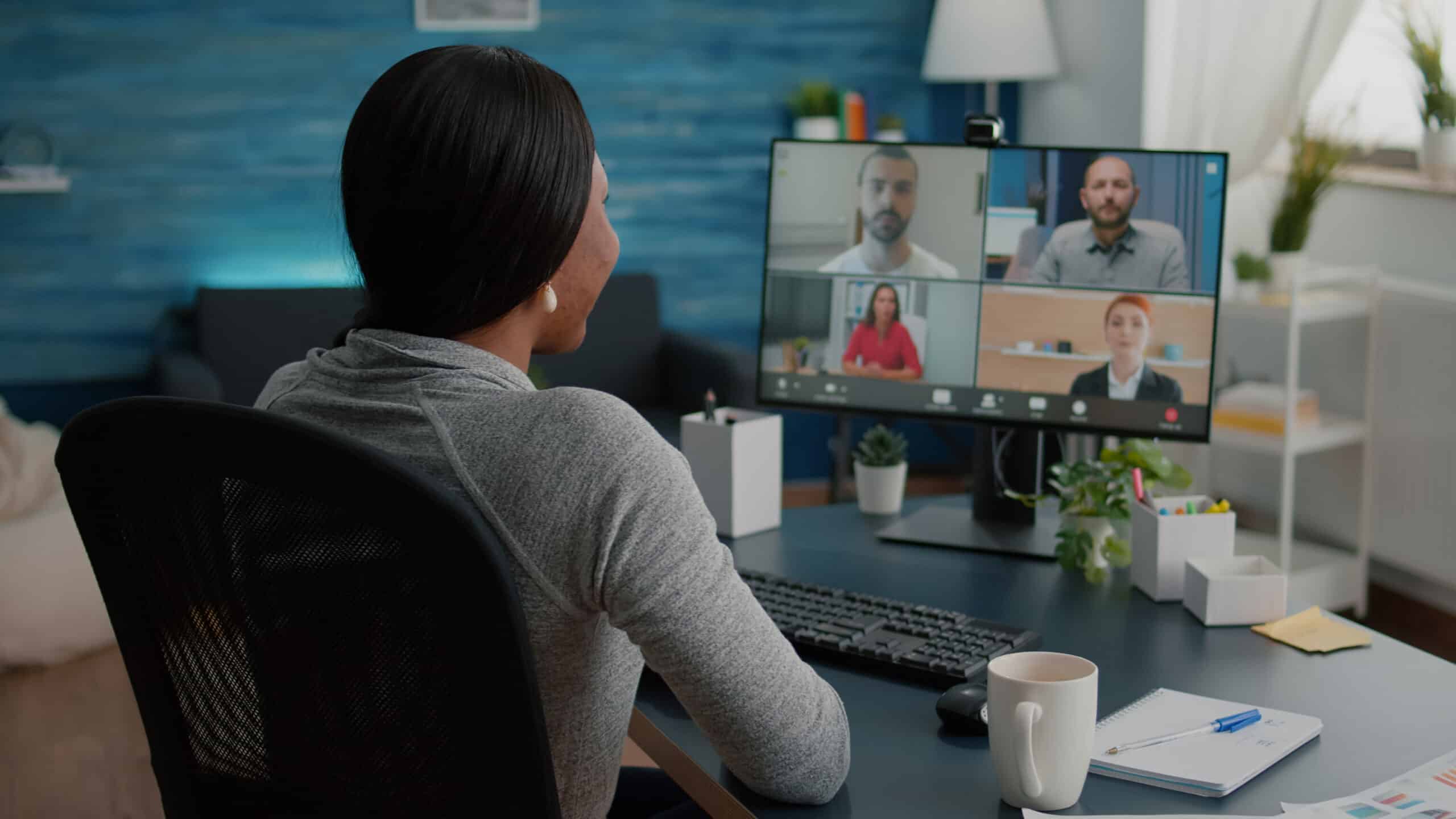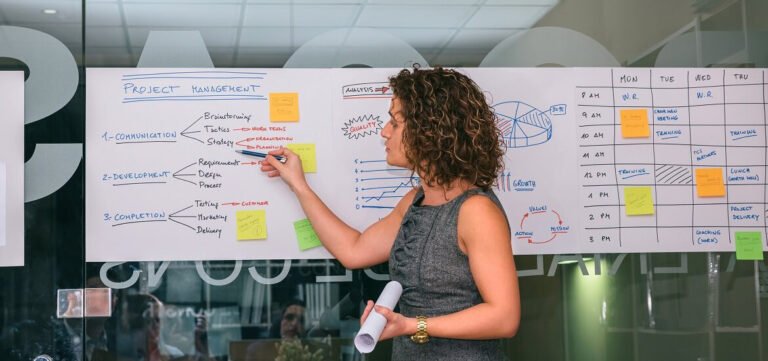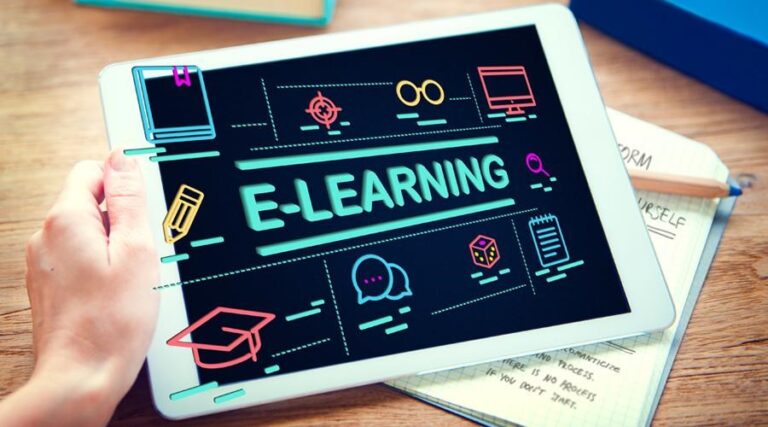The Roadblocks of Remote Learning: 7 Challenges for Instructional Designers to Overcome

The COVID-19 pandemic has resulted in a significant increase in remote learning, with many educational institutions and organizations switching to online and virtual learning environments.
While remote learning offers many benefits, such as increased flexibility and accessibility, and there are several challenges for instructional designers to overcome.
Challenges for Instructional Designers to Overcome
In this blog post, we will explore the top seven challenges of remote learning for instructional designers and provide strategies for overcoming them.
1) Lack of face-to-face interaction
One of the biggest challenges of remote learning is the lack of face-to-face interaction between instructors and students. In traditional classrooms, instructors can observe students and provide immediate feedback and support.
In remote learning, this type of interaction is limited, which can make it difficult for instructors to assess student progress and provide meaningful feedback.
To overcome this challenge, instructional designers can use various strategies to promote interaction in remote learning environments.
For example, they can incorporate interactive tools such as discussion boards, group projects, and video conferencing software to facilitate communication between instructors and students.
They can also encourage students to participate in online discussions and provide regular feedback to promote engagement.
2) Difficulty in monitoring student progress
Another challenge of remote learning is the difficulty in monitoring student progress. In traditional classrooms, instructors can monitor student progress through in-class assessments and observations.
In remote learning, this type of monitoring is more challenging, as instructors cannot observe students in person.
To overcome this challenge, instructional designers can use various strategies to monitor student progress remotely.
For example, they can use learning management systems (LMS) to track student progress and provide feedback. They can also use online quizzes and assignments to assess student learning and provide regular feedback to students.
3) Limited access to resources
Remote learning can also be challenging due to limited access to resources. In traditional classrooms, students have access to various resources such as textbooks, libraries, and learning materials.
In remote learning, students may not have access to these resources, which can hinder their learning experience.
To overcome this challenge, instructional designers can provide students with access to digital resources such as e-books, online journals, and learning materials.
They can also use open educational resources (OER) to provide students with free and accessible learning materials. In addition, they can collaborate with libraries and other educational institutions to provide students with access to learning materials.
4) Technology issues
Remote learning also poses various technological challenges, such as internet connectivity issues, software compatibility, and hardware problems.
These issues can hinder students’ ability to participate in remote learning and can make it challenging for instructors to provide instruction.
To overcome this challenge, instructional designers can use various strategies to address and resolve technology issues in remote learning. For example, they can provide students with technical support and troubleshooting guides to help them resolve issues on their own.
They can also work with IT departments to ensure that students have access to the necessary software and hardware for remote learning.
Related post: How To Develop An E-Learning Environment that is Secure and Successful
5) Creating engaging content for learners
There is so much content to create in a course, and it can be difficult to remain engaging at all times. But it’s worthwhile: creating engaging content that captures and retains learners’ attention can motivate and encourage them to stay focused, increasing their knowledge retention and understanding.
Here are a few tips to keep your content interesting:
Tell your story: Instead of just presenting facts, write out scenarios and examples to convey a message, demonstrate a concept, and engage your audience.
Include interactive elements: Interactivity can take the form of forums, communities, or gamification (among other things). This could be as simple as asking a question and providing an option to comment, or as complex as adding a quiz or poll.
Make use of multimedia: A wall of text can be brought to life with multimedia elements such as videos, images, and audio clips. They can also be used to break up long lessons and make them easier to read.
Keep it short: You must thoughtfully “chunk,” or break up, your lesson content in a digestible manner so that learners can pace themselves and engage with your content. To break up your delivery, use topics, multiple check-ins, and drip feeding.
6) Meeting the needs of diverse learners
Remote learning also poses challenges in meeting the needs of diverse learners. In traditional classrooms, instructors can use various strategies to meet the
needs of diverse learners, such as differentiated instruction and accommodations for students with disabilities. In remote learning, it can be more challenging to meet the needs of diverse learners, especially if instructional designers are not familiar with the individual needs of each student.
To overcome this challenge, instructional designers can use various strategies to meet the needs of diverse learners in remote learning environments. For example, they can provide multiple learning paths and options for students to choose from.
They can also provide accommodations such as closed captioning, screen readers, and other assistive technologies to support students with disabilities.
7) Ensuring student accountability
Remote learning can also pose challenges in ensuring student accountability. In traditional classrooms, instructors can monitor student behavior and attendance to ensure that students are engaged and participating in class. In remote learning, this type of monitoring can be more challenging.
To overcome this challenge, instructional designers can use various strategies to promote student accountability in remote learning environments.
For example, they can use online attendance tracking tools and assignment submission systems to monitor student participation and progress. They can also provide clear expectations and guidelines for student behavior and participation.
Conclusion
Remote learning offers many benefits, but it also poses several challenges for instructional designers.
These challenges include the lack of face-to-face interaction, difficulty in monitoring student progress, limited access to resources, technology issues, maintaining student engagement, meeting the needs of diverse learners, and ensuring student accountability.
By using various strategies to overcome these challenges, instructional designers can create effective and engaging remote learning environments that meet the needs of all students.
With careful planning and preparation, remote learning can be a successful and rewarding experience for both instructors and students alike.






